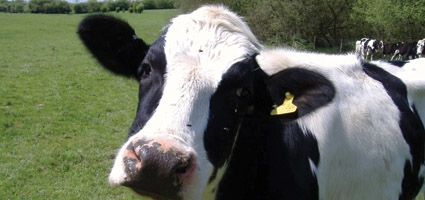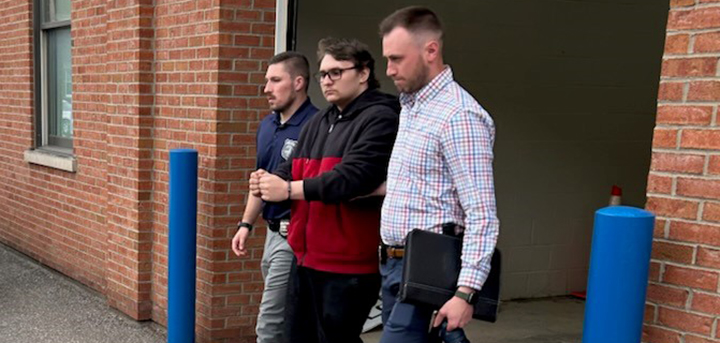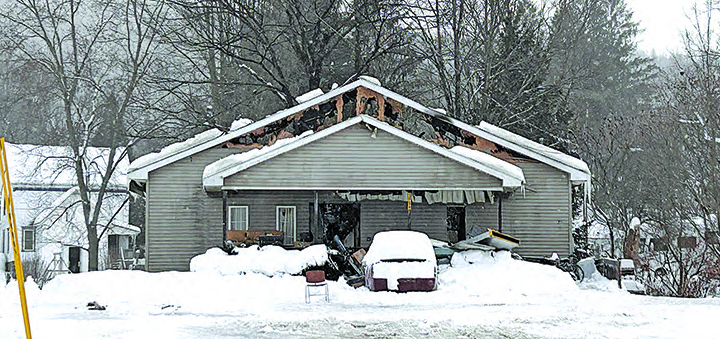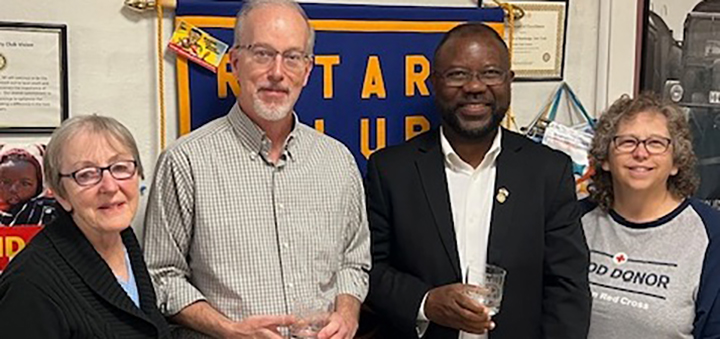Chenango leading the way with statewide dairy strategic plan
NORWICH – With a growing demand for milk in recent years, Chenango County is taking the lead in developing a strategic plan to keep New York’s dairy industry in tune with demand. Local leaders in the ag industry are making strong headway in developing a plan and hopes are to submit it to state legislators by Thanksgiving.
Milk production in the county has dropped 20-30 percent between 2000 and 2010, according to the National Agricultural Statistics Service – this despite the increased production of dairy products in recent years, led locally by a booming yogurt market.
Chenango County Cooperative Extension Director Ken Smith is working closely with other constituents from New York’s Farm Bureau and other ag institutions to advocate a dairy strategic plan to be adopted by New York Sate to keep the dairy industry out of the red and stabilize farmers as they face a pending milk shortage. Chenango is the only New York county with a plan started, and as a result, it’s blazing the trail for the dairy industry statewide.
“I don’t think people realize how threatened our dairy industry is right now,” Smith said, citing a 9,000 cow loss per year over the last decade. “Our county and our region is losing its dairy industry steadily ... We’re losing cow numbers and we’re losing production. Our goal is to have New York State adopt a strategic plan that puts dairy tools and research together to help grow the industry.”










Comments